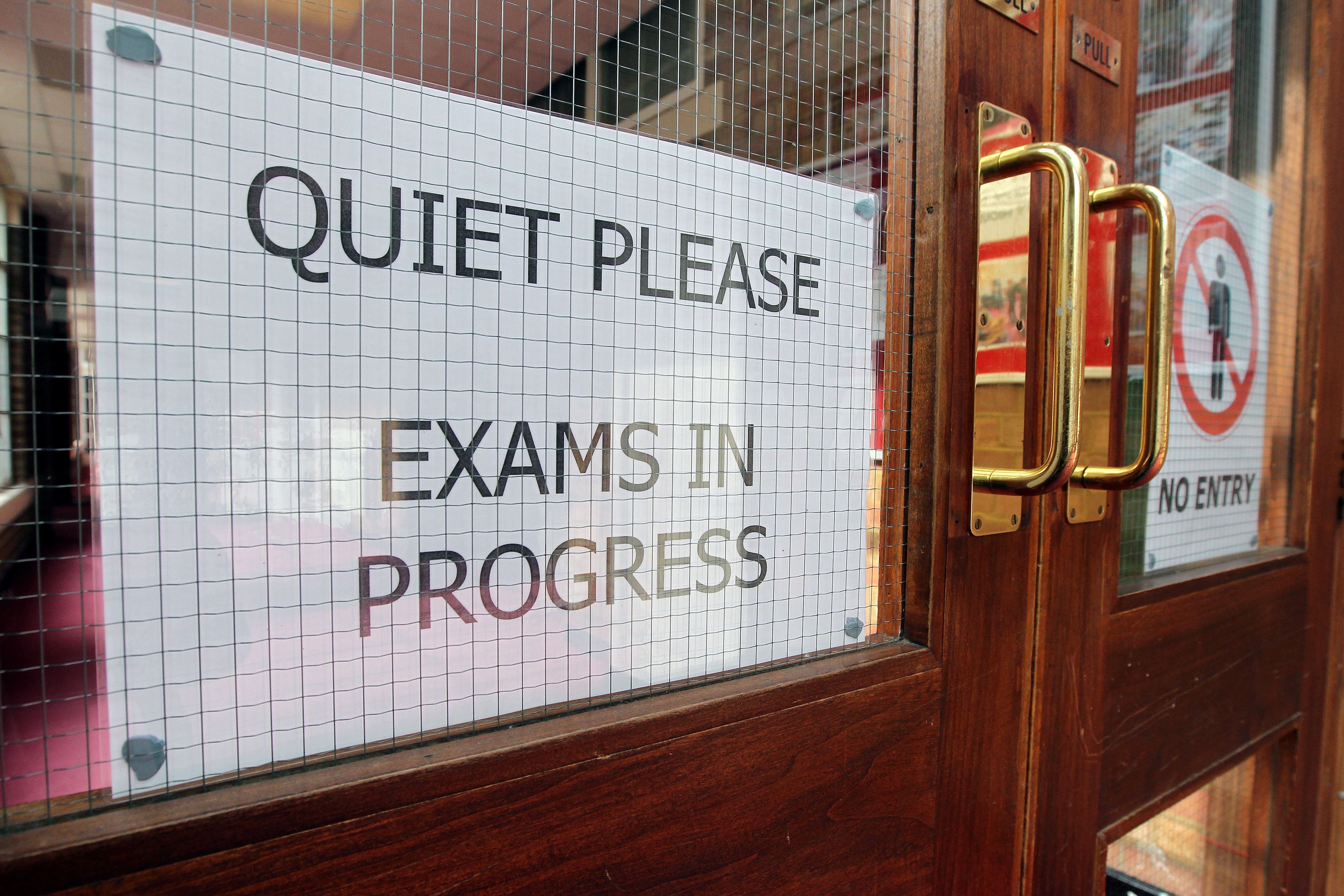GCSE results day: Grade boundaries and equivalents explained for 2024
Although the numbered grading system has been in place for a few years, many still want to know their letter equivalent
Your support helps us to tell the story
From reproductive rights to climate change to Big Tech, The Independent is on the ground when the story is developing. Whether it's investigating the financials of Elon Musk's pro-Trump PAC or producing our latest documentary, 'The A Word', which shines a light on the American women fighting for reproductive rights, we know how important it is to parse out the facts from the messaging.
At such a critical moment in US history, we need reporters on the ground. Your donation allows us to keep sending journalists to speak to both sides of the story.
The Independent is trusted by Americans across the entire political spectrum. And unlike many other quality news outlets, we choose not to lock Americans out of our reporting and analysis with paywalls. We believe quality journalism should be available to everyone, paid for by those who can afford it.
Your support makes all the difference.GCSE results day has arrived, as pupils across the UK find out what grades they have achieved in their recent exams.
For many, it’s an emotional time as they secure the grades they have worked hard for, or are disappointed to have just missed out.
Since 2017, the way GCSEs are graded in England has been different. Whereas before they were given letter grades the same as A-Levels, ranging from A* to G, they are now given a number ranging from 9 to 1.
The Conservative government at the time said the change was made to reflect reforms that had been made to GCSEs, giving them new and ‘more demanding’ subject content. They write that the new grades also signal to employers that pupils have taken the new version of the qualifications.

The numbered grades were rolled out from 2017, with all subjects being brought under the new system by 2020. The changes have meant there are more top grades, with a 9 being equivalent to higher than an A*, which was previously the top possible grade.
These changes only apply in England and Northern Ireland currently, with Wales set to follow course from September 2025. Scottish students take National 4 and 5 exams instead of GCSEs.
Although the change was finalised around four years ago now, many employers who were used to the previous grading system will still ask applicants what the letter grade equivalent to their grade is. Many students will also just be curious about what their grades would be under the previous system.
What are the GCSE grade equivalents?
- Grade 9 = above an A*
- Grade 8 = between grades A* and A
- Grade 7 = grade A
- Grade 6 = just above a grade B
- Grade 5 = between grades B and C
- Grade 4 = grade C
- Grade 3 = between grades D and E
- Grade 2 = between grades E and F
- Grade 1 = between grades F and G
What are the 2024 GCSE grade boundaries?
Grade boundaries, which detail how many marks are required to achieve a certain grade, are released by all the awarding bodies on results day.
- You can find the Pearson / Edexcel grade boundaries here
- You can find the AQA grade boundaries here
- You can find the OCR grade boundaries here

Join our commenting forum
Join thought-provoking conversations, follow other Independent readers and see their replies
Comments